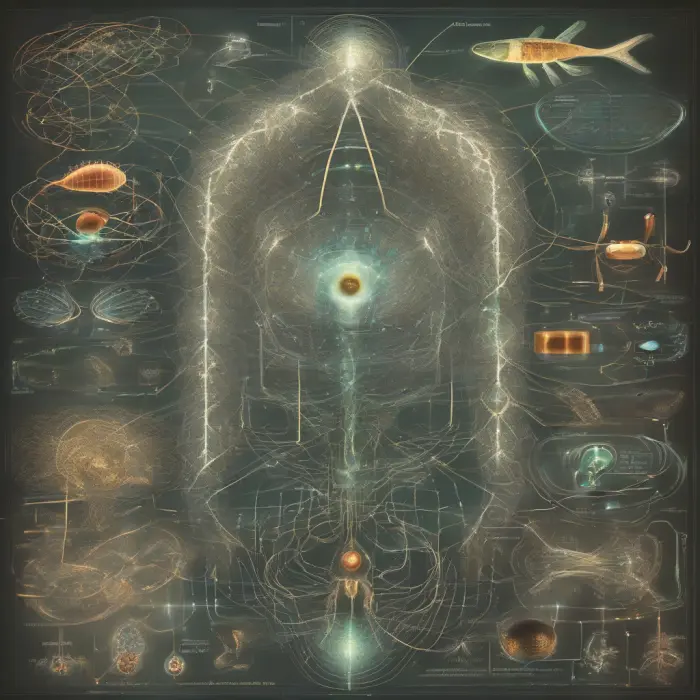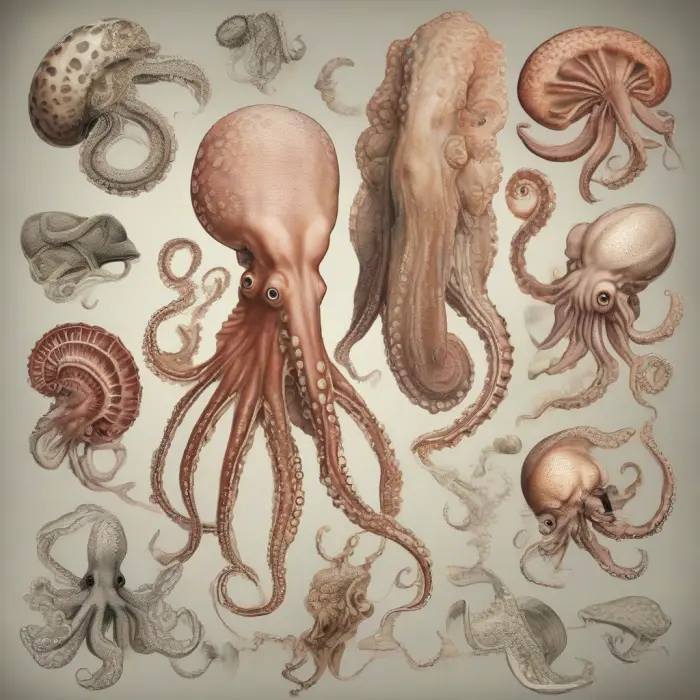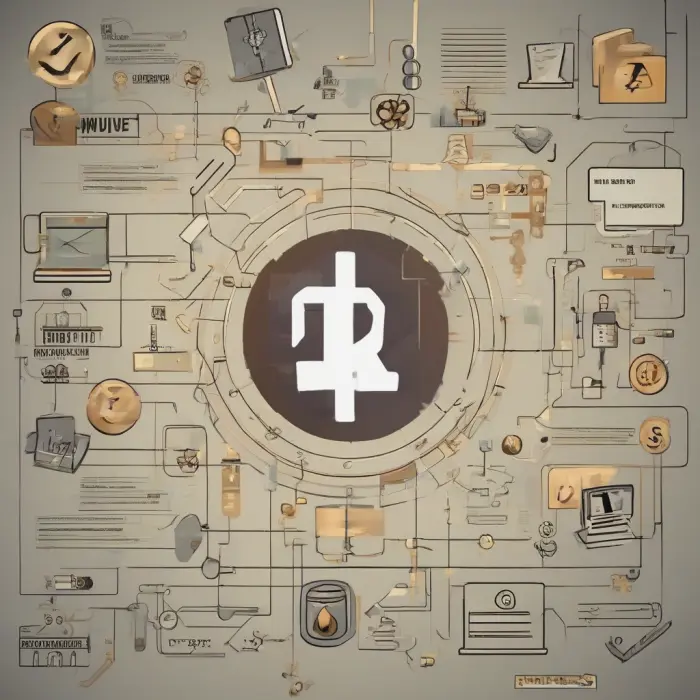Cultural Impact of Virtual Reality and Augmented Reality
Introduction
The digital revolution has introduced groundbreaking technologies that continuously transform how we interact as a society. Two such technologies, Virtual Reality (VR) and Augmented Reality (AR), are shaping diverse aspects of our cultural landscape.
The Cultural Importance of VR and AR
VR and AR, integrating the physical and virtual world, revolutionize fields such as education, entertainment, and communication, providing platforms that allow cultural experiences to be far more accessible, interactive, and immersive than ever before.
Impact on Art and Expression
Virtual and augmented realities have significantly affected cultural expression, especially in the sphere of art and design. Artists now explore VR and AR mediums to create immersive art experiences, challenging traditional art boundaries and inviting viewers into interactive virtual spaces. This shift not only democratizes art by making it more accessible to a global audience but also evolves the very concept of what art can be.
Impact on Communication and Socialization
In the realm of communication and socialization, VR and AR have the potential to make a significant cultural impact. They promise the realization of a truly global village where the tyranny of geographic distance is minimized. VR conferences, AR overlays in daily communication, and social VR platforms are becoming more common, shaping how we exchange ideas and socialize, potentially redefining the notion of community.
Impact on Education
VR and AR are poised to upend the norms of education and learning. Creating immersive, experiential learning environments could provide more effective and engaging ways of teaching complex concepts. It also promotes universal accessibility to quality education regardless of a student's location or resources. Furthermore, it adds a different dimension to history classes, which can now virtually transport students to historical sites or events, enhancing understanding and empathy for different cultures.
Changing Our Reality
The impact of both VR and AR could change the manner in which we perceive and interact with reality itself. By immersing our senses in a digitally constructed space, or overlaying digital information on the physical world around us, these twin technologies can, in a very real sense, alter our perception of the world. This ethical implication of VR and AR gives them a cultural import that can't be overstated.
Conclusion
As the global society becomes more tech-centric, VR and AR's cultural influence will continue to intensify and expand. However, as we welcome these changes, attention must be given to potential challenges, such as privacy invasion and social disconnection, so that the immense potential of VR and AR technologies can be harnessed without undermining basic human rights, cultural diversity, and social connectivity.










